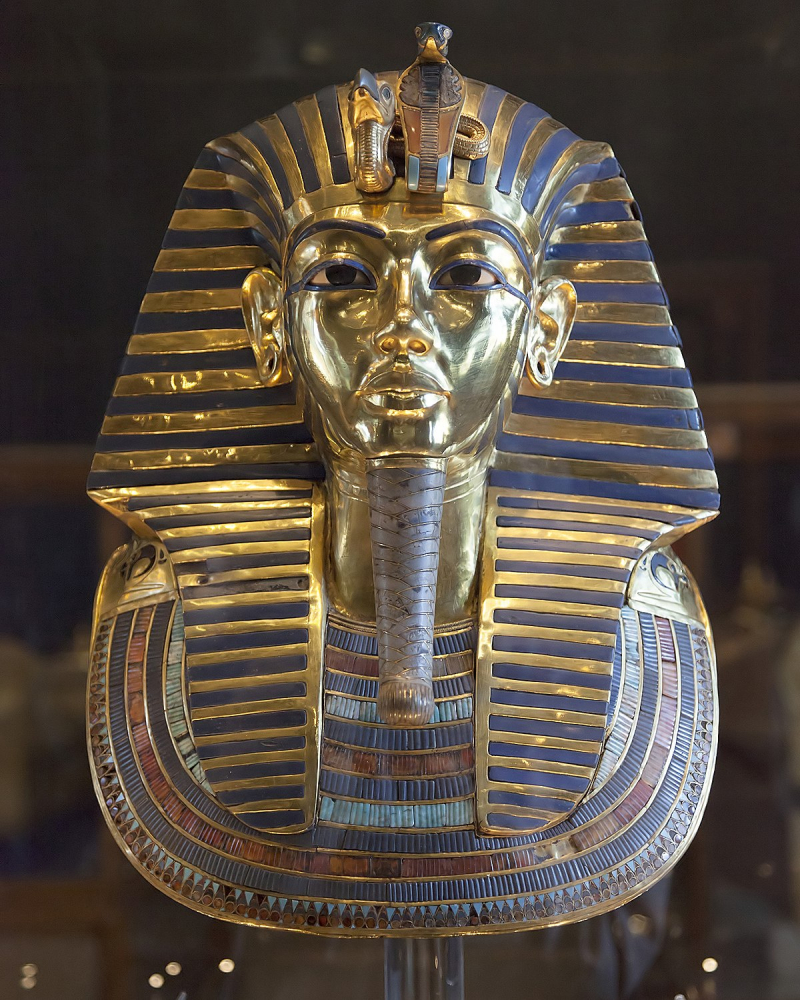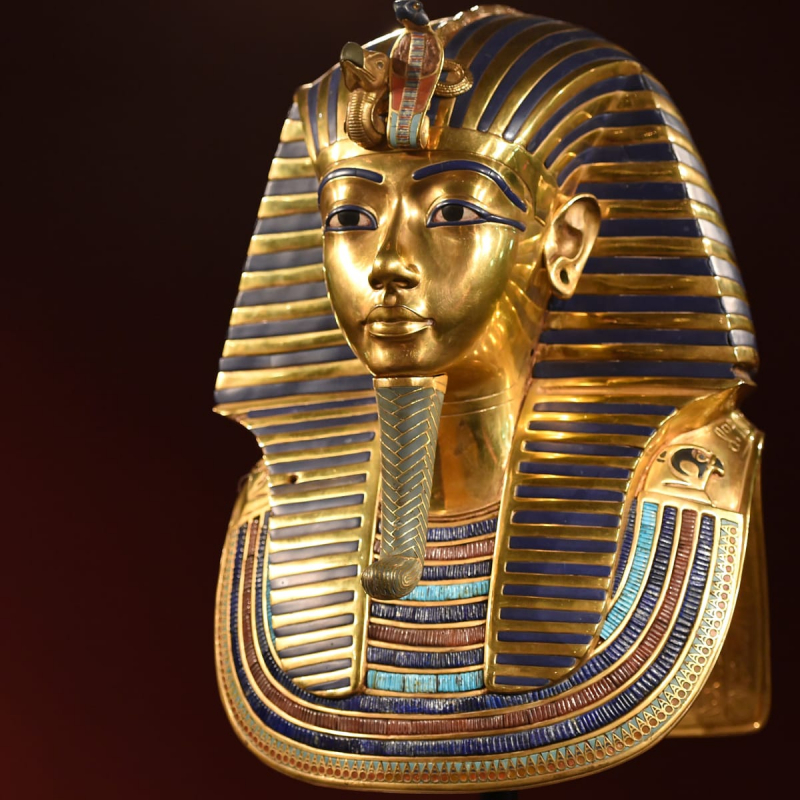Tutankhamun
The most well-known pharaoh in history, Tutankhamun, hardly requires an introduction for this entry. He was Akhenaten's son and succeeded his father to the throne when he was just eight or nine years old. Tutankhamun spent the first part of his reign undoing his father's decisions, restoring Thebes as the capital and the worship of the old gods because the Egyptians had firmly rejected Atenism. The "Boy King" later declared his father to be a heretic who shouldn't be remembered and distanced himself from him.
Tutankhamun probably didn't have any significant influence on the situation himself. Even though he was pharaoh, he was still a kid, and Ay, who took his place as pharaoh, made the most of his judgments. Tutankhamun passed away at the age of 17 after a relatively brief reign. While his fame was obviously not enough to merit inclusion on this list, it was all acquired after his death, approximately 3300 years later.
Howard Carter found King Tut's tomb in the Valley of the Kings in November 1922. Previous pharaoh tombs had been discovered, but none were quite like this one. Over 5,000 objects, including Tutankhamun's famous gold mask, his nearly intact sarcophagus and mummy, a meteorite-made dagger, a pair of trumpets, and other priceless artifacts were retrieved from the tomb, which gave us a glimpse into the past that, up until that point, we had previously believed to be impossible.
Reign: c. 1332 – 1323 BC, New Kingdom (18th Dynasty)
Predecessor: Neferneferuaten
Successor: Ay (granduncle/grandfather-in-law)












